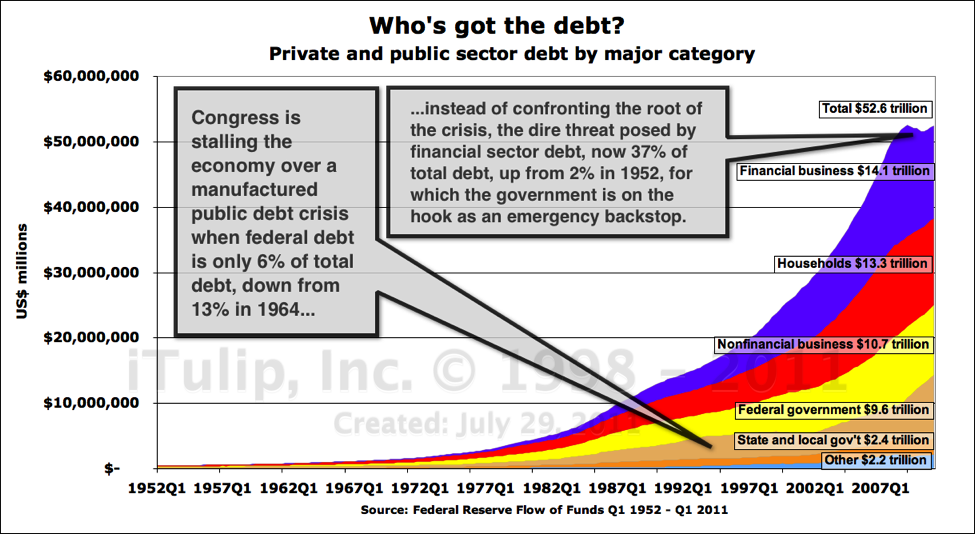Re: Illusion of Recovery – Part I: Print, spend, and wait has officially failed - Eric Janszen
Speaking of infrastructure projects, I heard some rumblings on CNBC this morning that Obama's speech next week might propose something along those lines -- as well as something about providing targeted work for people who have been unemployed for 6 months or more. Building roads and bridges? Or what?
Also, based on conversations with some friends in Hong Kong, I believe the "boom" in mainland China is really nothing more than a giant jobs program. Without a for-profit motive (other than cronyism and back-room dealing), it doesn't strike me as a bubble as much as anti-riot insurance for those in power. Makes me wonder if the US might start down the same road....
Speaking of infrastructure projects, I heard some rumblings on CNBC this morning that Obama's speech next week might propose something along those lines -- as well as something about providing targeted work for people who have been unemployed for 6 months or more. Building roads and bridges? Or what?
Also, based on conversations with some friends in Hong Kong, I believe the "boom" in mainland China is really nothing more than a giant jobs program. Without a for-profit motive (other than cronyism and back-room dealing), it doesn't strike me as a bubble as much as anti-riot insurance for those in power. Makes me wonder if the US might start down the same road....

Comment